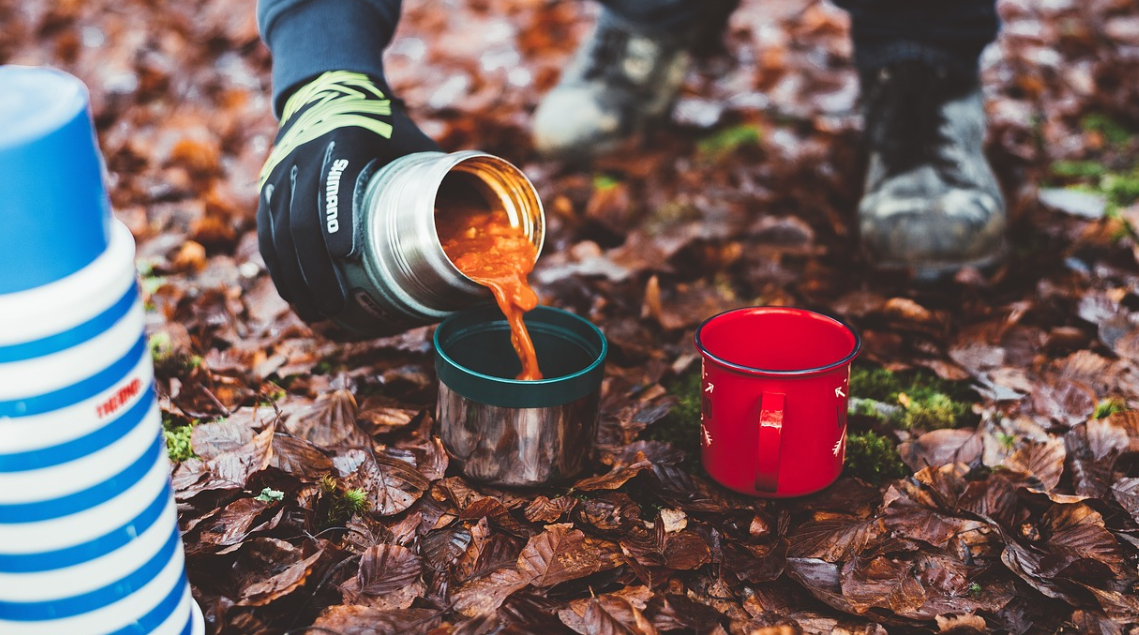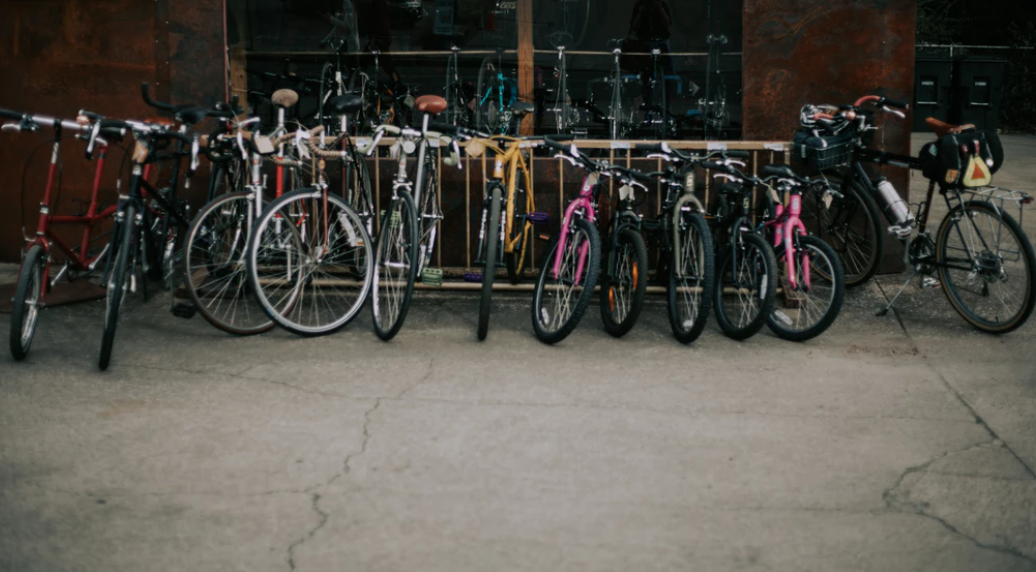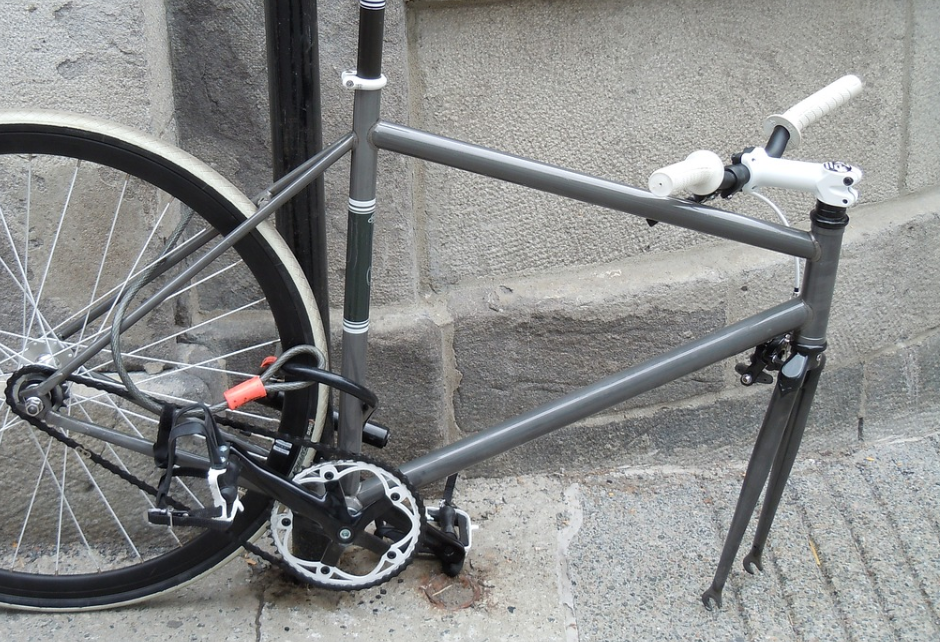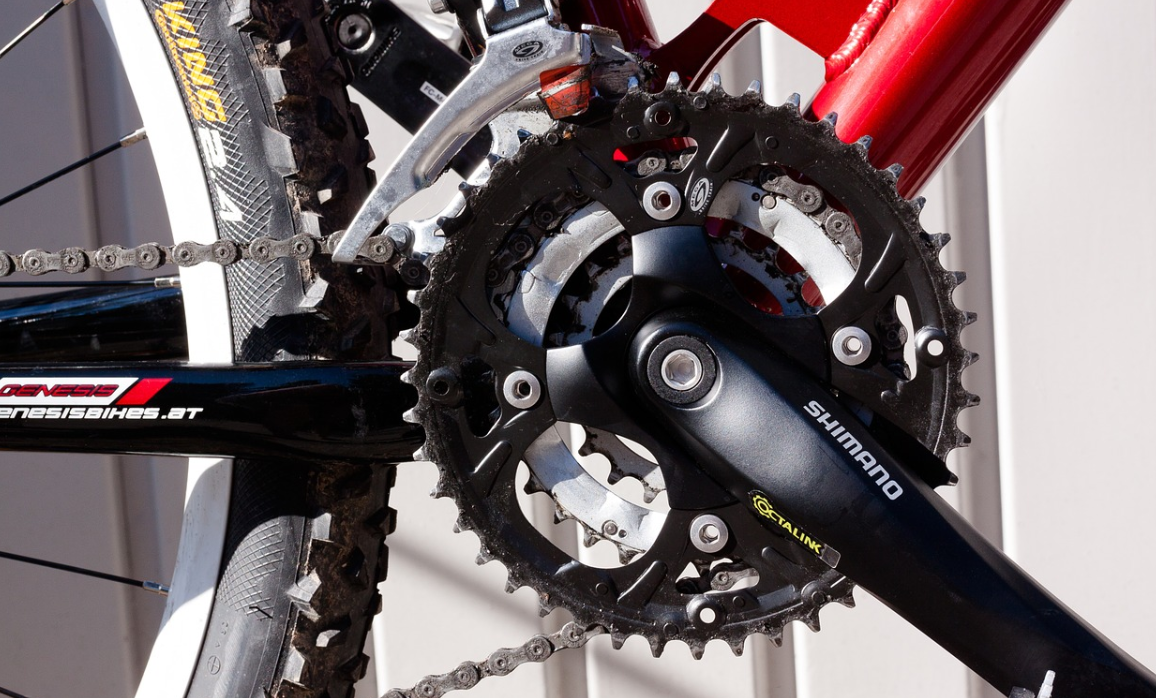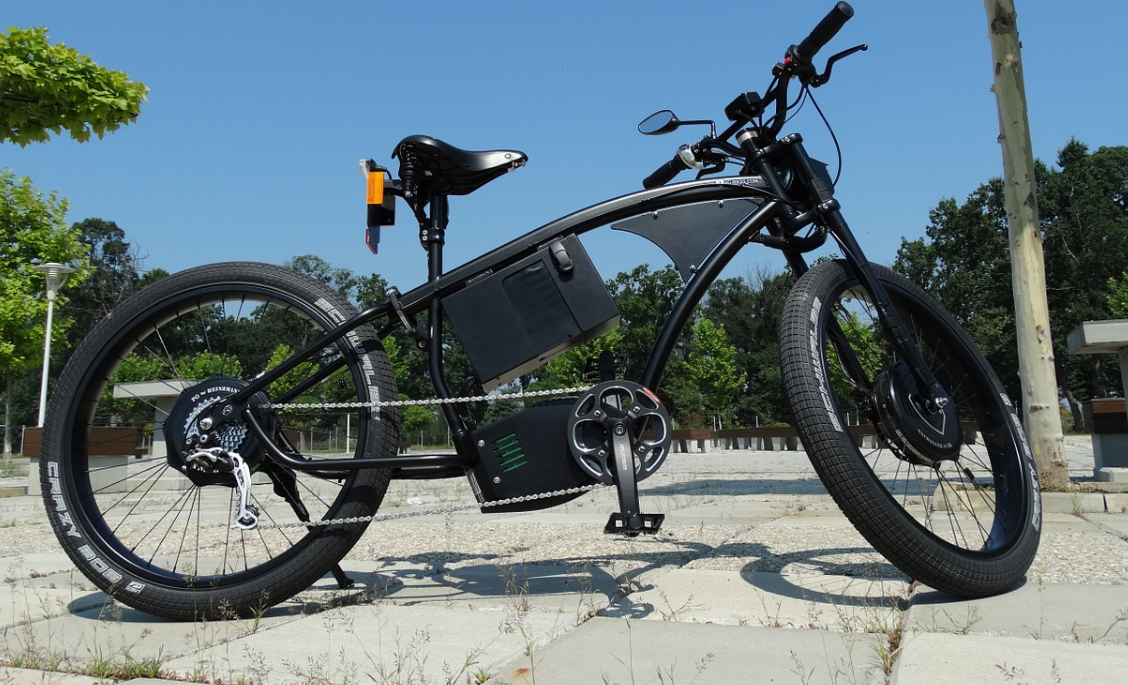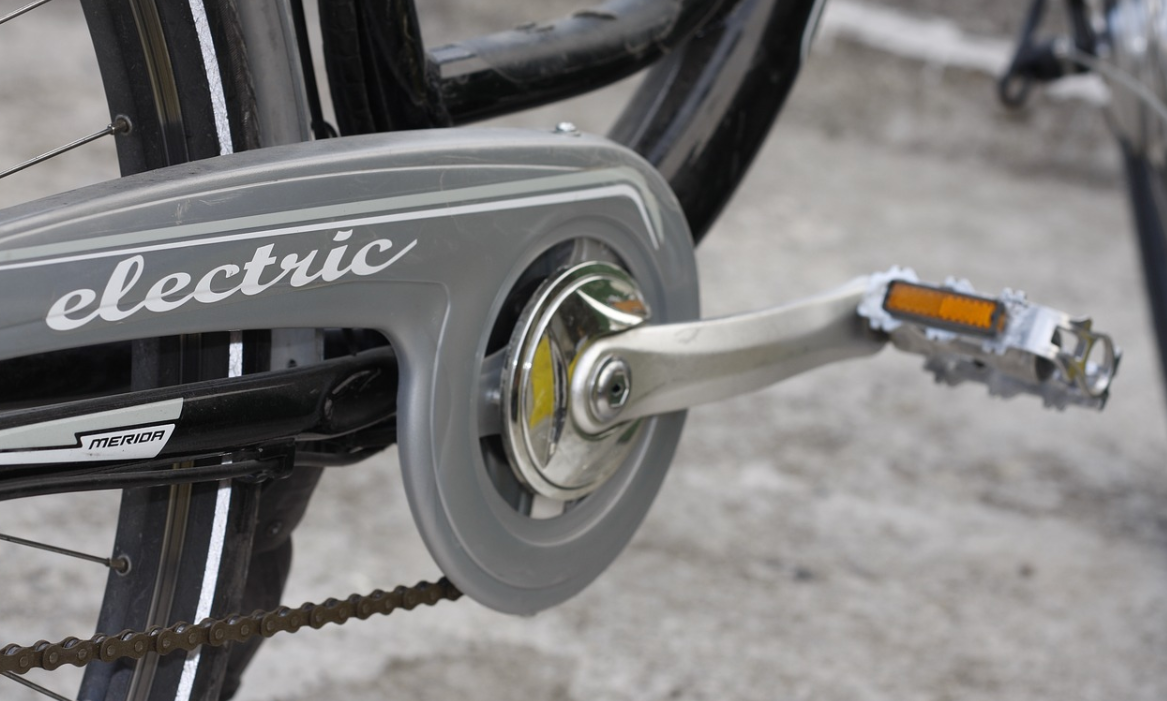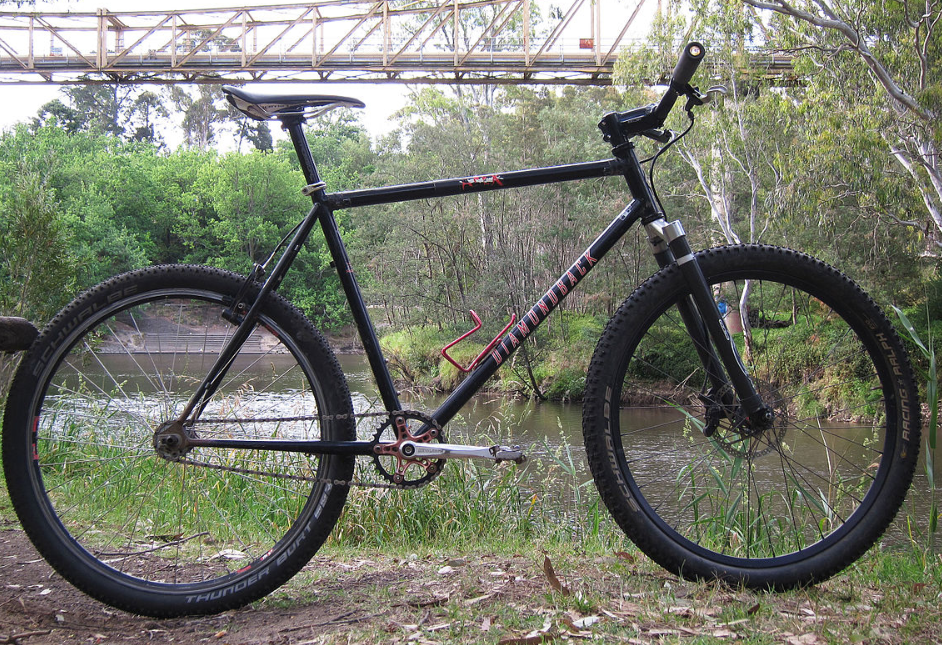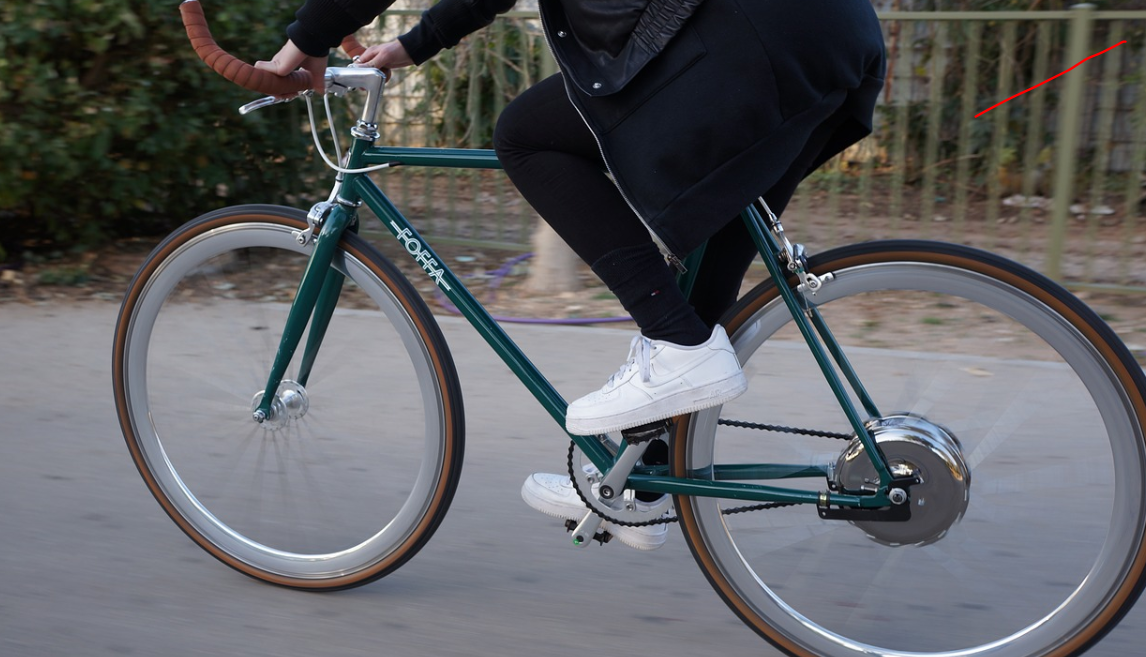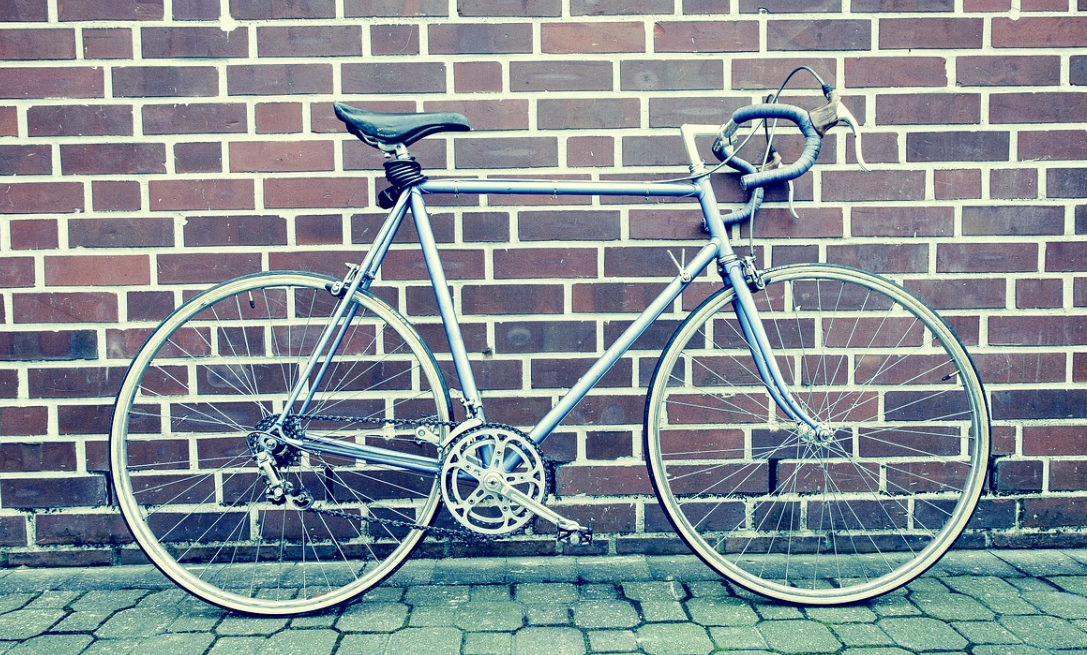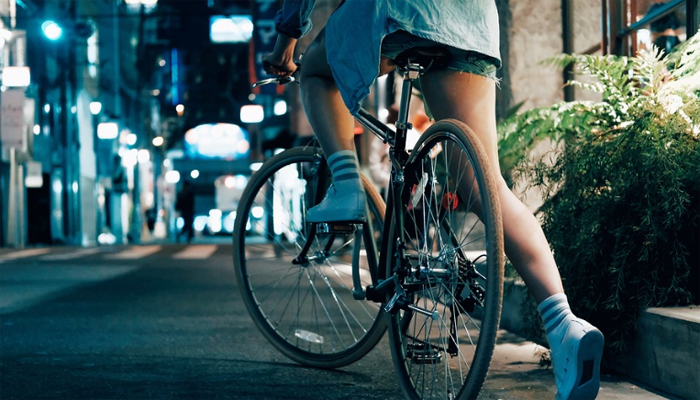Guide To Skate Park Etiquette in 2020
When you first start visiting skate parks, you might feel a little bit out of place. There are so many unspoken rules that most people already know. How are you supposed to get up to speed? With this guide on skate park etiquette, you’ll be at home at any park you decide to visit in no time. It’s all about being aware of your surroundings, showing respect to other skaters, and knowing what to do and where not to do it.
We all love a good skating session, but the skate park isn’t the place where you need to try out every single one of the new tricks you’ve learned. You should head into it with a fair amount of knowledge on the stunts you’ll try out, but keep in mind that fun is the name of the game. Keep up with what’s going on, but don’t forget to have a blast while doing so.
Respect Other Skaters
The skate park is owned by none of the skaters who attend. However, it’s a home for anyone and everyone who shares the same passion for this wonderful sport that we all love! Showing respect to both the people who show up as well as the park itself will grant you some serious respect back. Other than the obvious tips of ‘be nice’ and ‘don’t trash up the place’, we have a few bits of advice that might help you feel right where you belong.
For starters, you should never take too long with a trick. Don’t take up several minutes with a line of people behind you, and don’t try to make everyone watch as you do it. They’re all there for the fun of it, so everyone needs to have their own rotation. On that note, you should never try to wax the rails or ramps to increase your speed. That stuff is slippery which can cause accidents. It’s also considered vandalism and it can get stuck to everyone’s board!
Finally, you should do your best to avoid staying in the bowl for too long. Skip out of trying to do stationary tricks in there since it can end up causing you or someone else major injuries. Not only that, but nobody should have to work with other people. We’re all there to have a good time, so sharing and being mindful of other people is the best tip of the guide!
Understand the Rules of the Skate Park
There are two sets of rules for every skate park. The first set of rules is the actual sign that you’ll most likely find right when you walk in. Be safe, be courteous, don’t litter, and so on. Some parks don’t even allow bicycles, so always make sure you look out for the sign before you get started. It’s better to be safe than sorry!
The second set of rules is the unspoken known. These rules include most of the tips previously mentioned in the prior section, but there’s one big point that you should make note of; The skate park is not a place to hang out and sit around with some friends.
You’ll see this time and time again, but people always seem to go to the skate park and sit around. Unfortunately, this slows everyone else down and it even sometimes makes others uncomfortable. If you’re at the skate park, make sure you’re skating!
NEVER Do These Things…
When you’re figuring out a skate park, you need to avoid doing any of the activities mentioned in this section. Not only will you give yourself some clout, but it’ll make it a whole lot easier for you and your friends to have a good time. Now without further ado, let’s get on with it!
Starting off, you should always wait your turn. Everyone has the same rights to the public skate park, so don’t cut in front of people. This helps you avoid confrontation, but you could also get kicked out or banned from a number of local parks for acting out of line. Why not just wait a couple of minutes and have fun?
Another big point to mention is to always let everyone know if your skateboard comes out from under you and wheels away. A stray board can cause serious accidents, especially with a skate park full of people moving upwards of 15 to 20 miles per hour. When you lose your equipment, call it out! Nobody will judge you for looking out for them.
One of the most annoying problems that you’ll inevitably encounter at a skate park is the beginner practicing their tricks in everyone’s path. If you’re not a decent skater, you need to practice on your street or at a friend’s house. It doesn’t hurt to put together a couple of ramps and get the hang of it all before you try out the skate park.
Beginners are always welcome at skate parks but stay in the beginner area. You’ll notice it immediately because everyone in it will be trying to figure out how to do basic tricks. There’s nothing wrong with learning the ropes! Most of the beginner areas will be flat since it’s nearly impossible to start out on a bowl or a ramp.
Remember that the biggest rules of skate park etiquette are to show respect to other skaters and the park, don’t litter or loiter, and most importantly, have a good time!
REFERENCES:
https://www.the-house.com/portal/9-things-not-skatepark/
https://www.seattletimes.com/life/outdoors/the-absolutely-essential-guide-to-skatepark-etiquette/
If you liked the article, please leave your feedback.


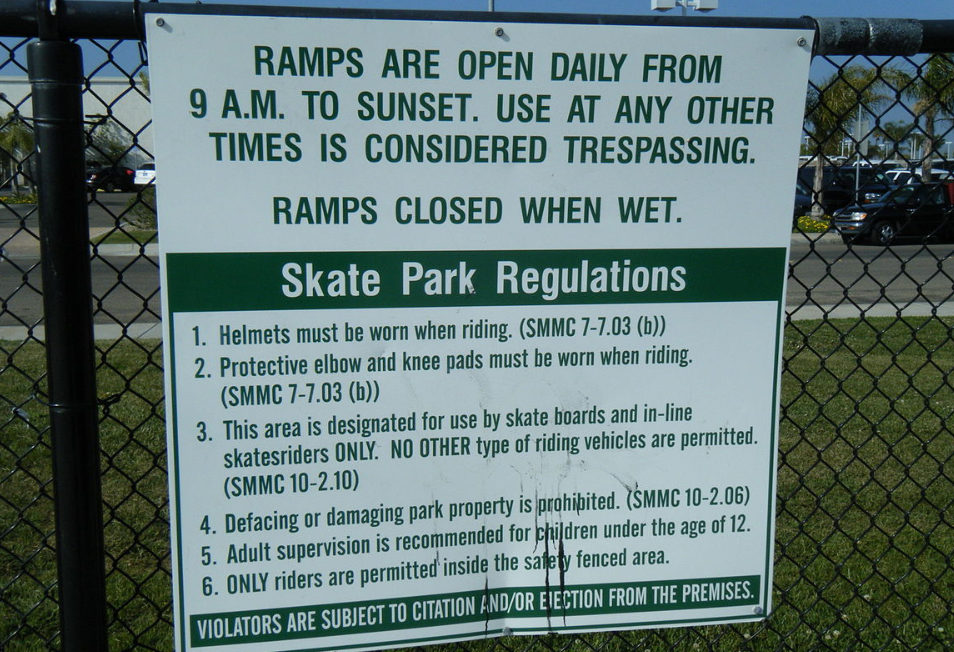
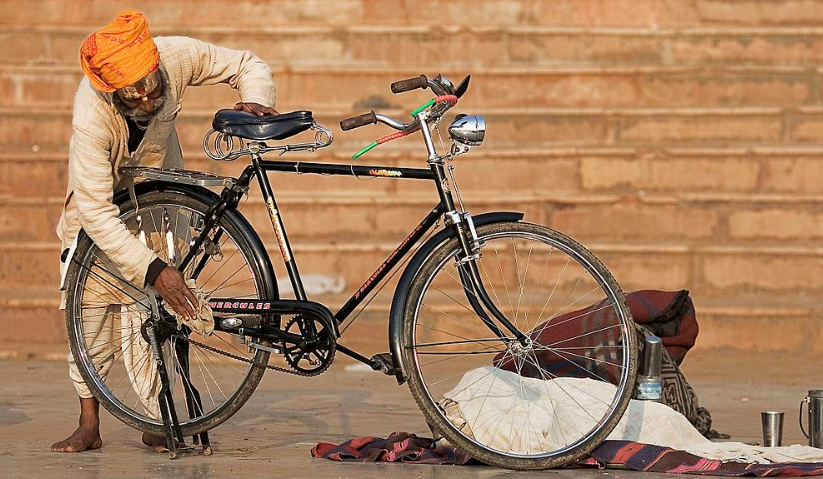
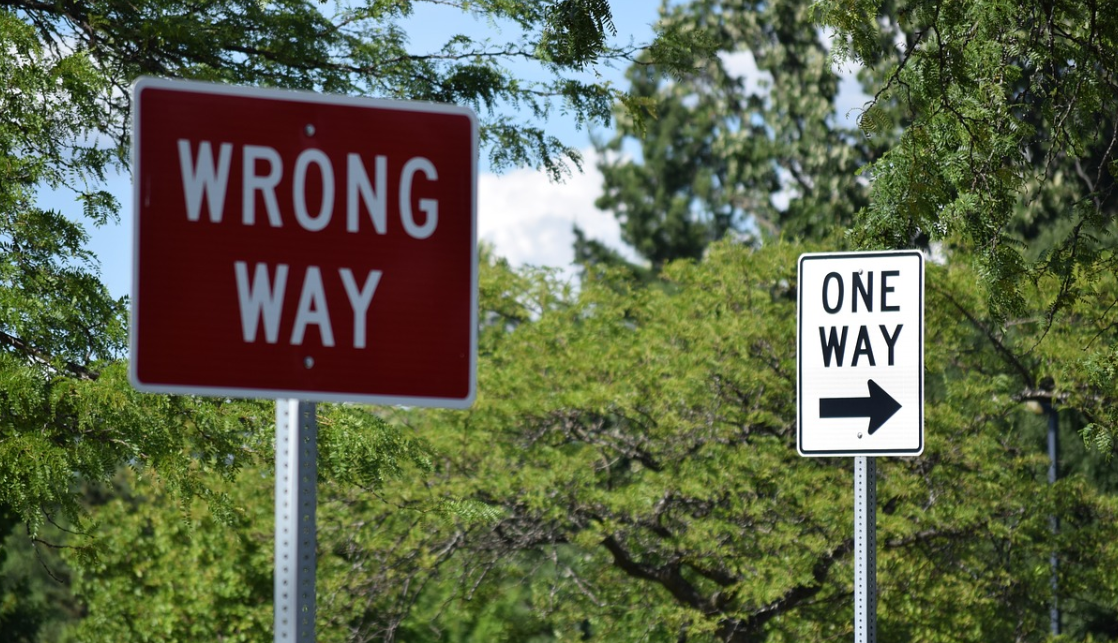
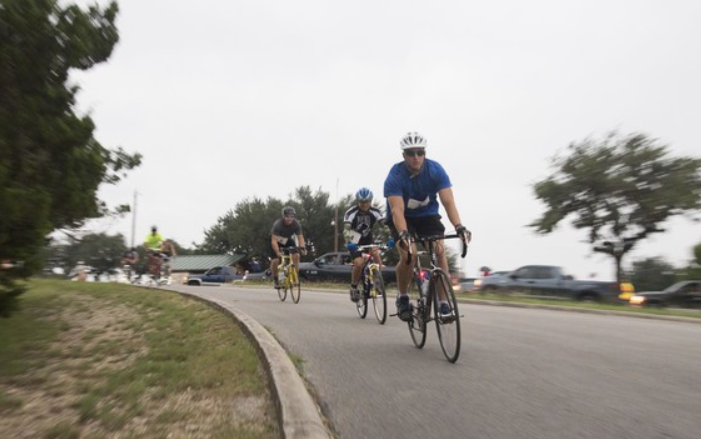

 Pros
Pros

